How Consent Banner Design Affects Google Analytics
The consent banner on your ecommerce site isn't just a user experience decision. It’s a major factor in whether your tracking setup in Google Analytics delivers useful, accurate data.
In this article, we’ll explore:
- How different banner formats affect tracking
- What kind of interaction rates you can expect
- How your design choices play out across mobile and desktop devices
Spoiler alert: not all consent setups are created equal!
How does the format of a consent banner affect Google Analytics tracking quality?
The way your consent banner is displayed when a user first lands on your site directly influences your tracking accuracy. We’ve seen a high correlation between banner format and the quality of attribution for sessions, page views, and the metrics around them.
Striking the right balance between a banner that’s too permissive (allowing users to skip interaction) and one that’s overly aggressive (alienating visitors) is key.
To illustrate this, let's look at three consent banner examples that vary in user experience and lead to dramatically different levels of tracking quality.
Why do some consent banners result in better attribution?
Let’s look at the three examples. The content is blurred to anonymize the brand.
-
Sticky bar at the bottom of the screen
This design gives users full access to the website — browsing, adding to cart, and even checking out — without requiring interaction with the banner.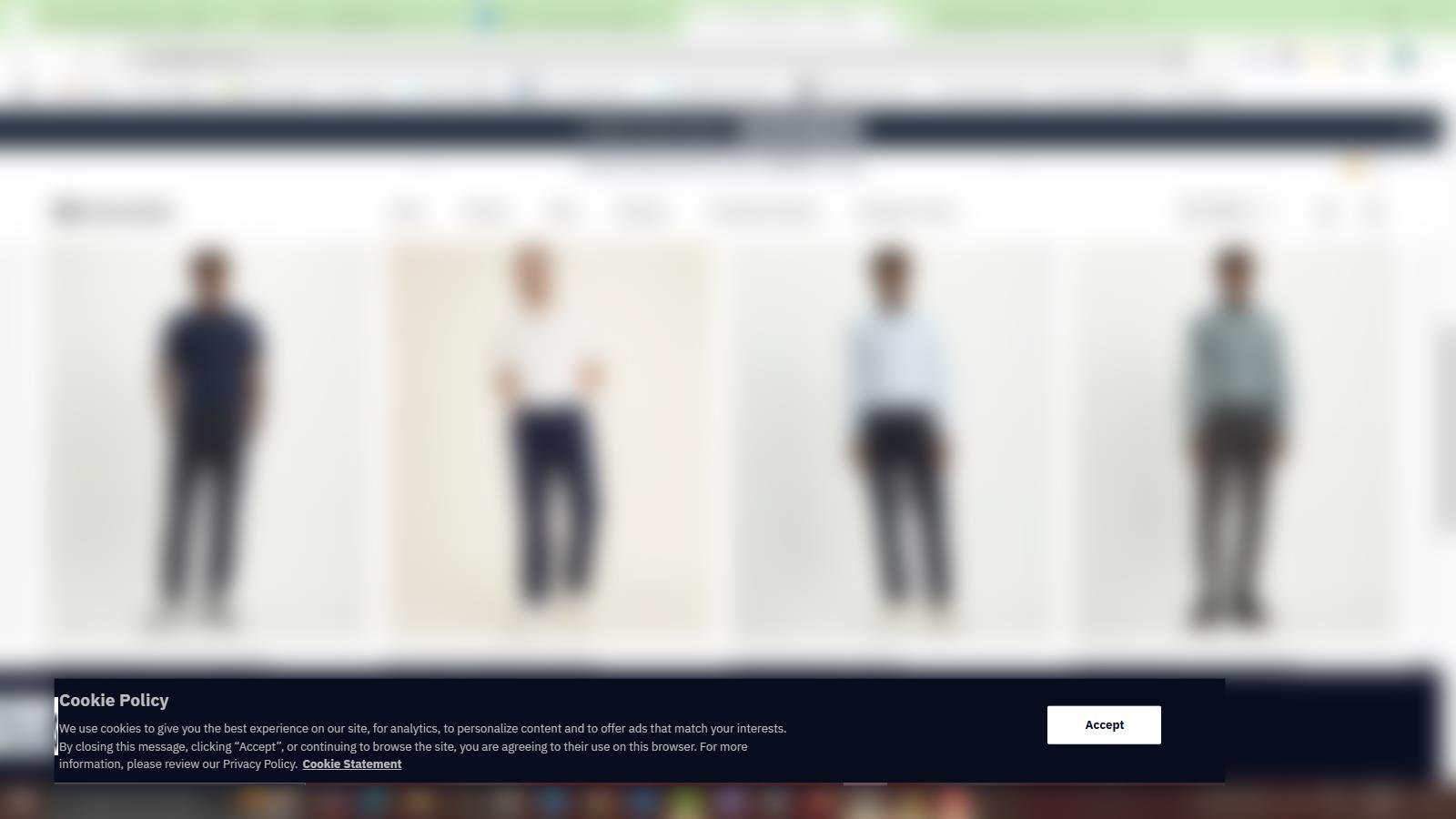
The downside? Very few users interact with it, so no consent is granted to track in Google Analytics. For this website nearly 50% of sessions are marked as "Direct".
-
Pop-up in the corner
These force users to choose whether they accept or decline tracking.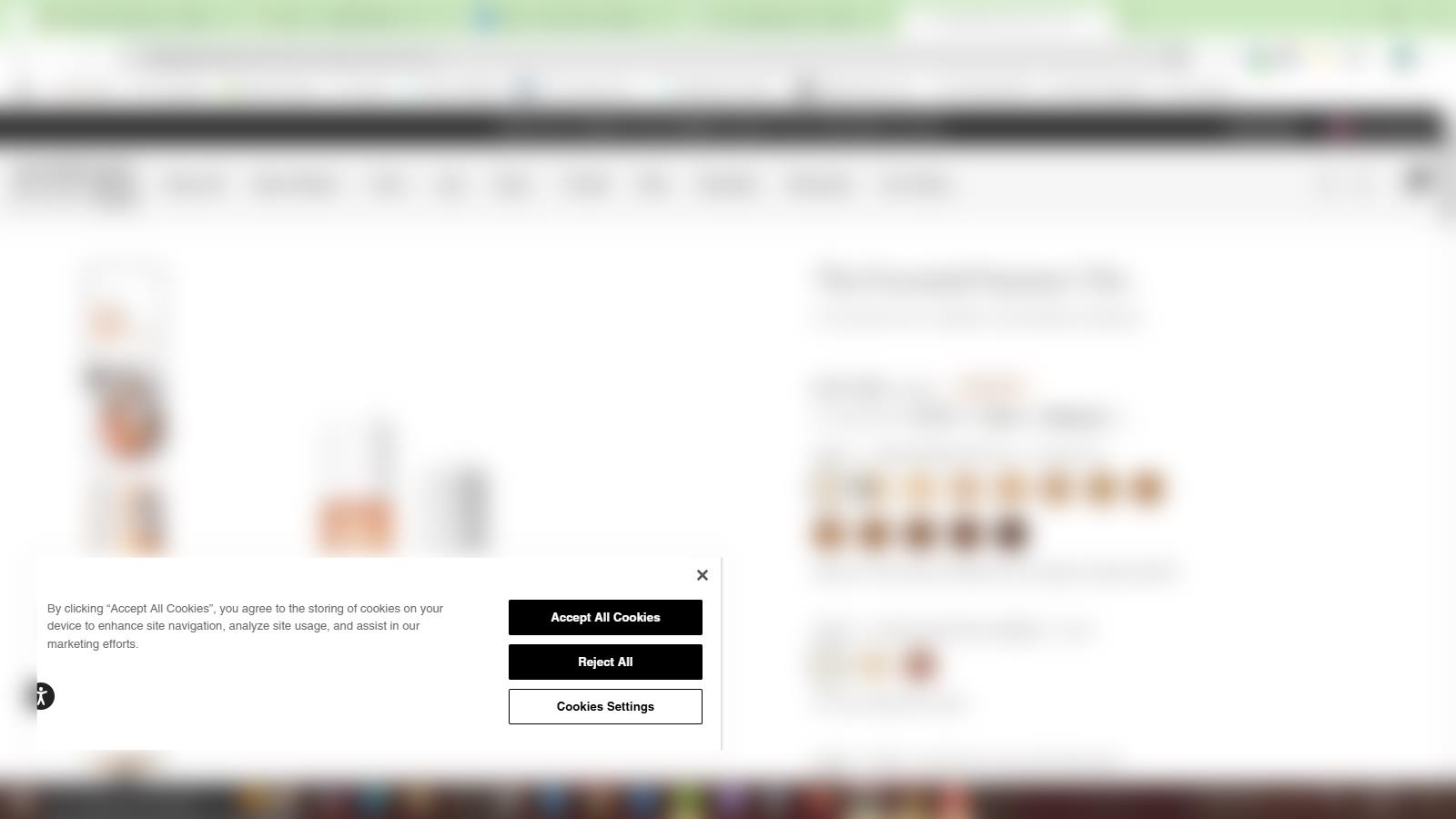
On desktop, the user might still be able to browse in the background. But on mobile, this box often covers a large portion of the screen and interrupts the journey more completely.
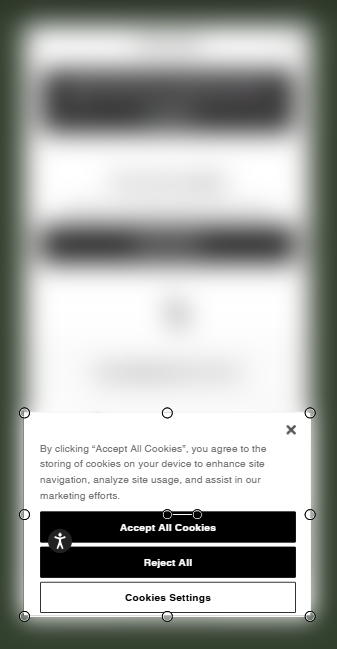
These formats typically result in moderate interaction rates and improved attribution compared with the sticky bar.
NB: Please note that the sticky bar displays very similarly on mobile at least in case of the few providers that we tested.
-
Full-page blocking modal
This is the most aggressive option: users can’t click, scroll, or navigate until they interact with the banner.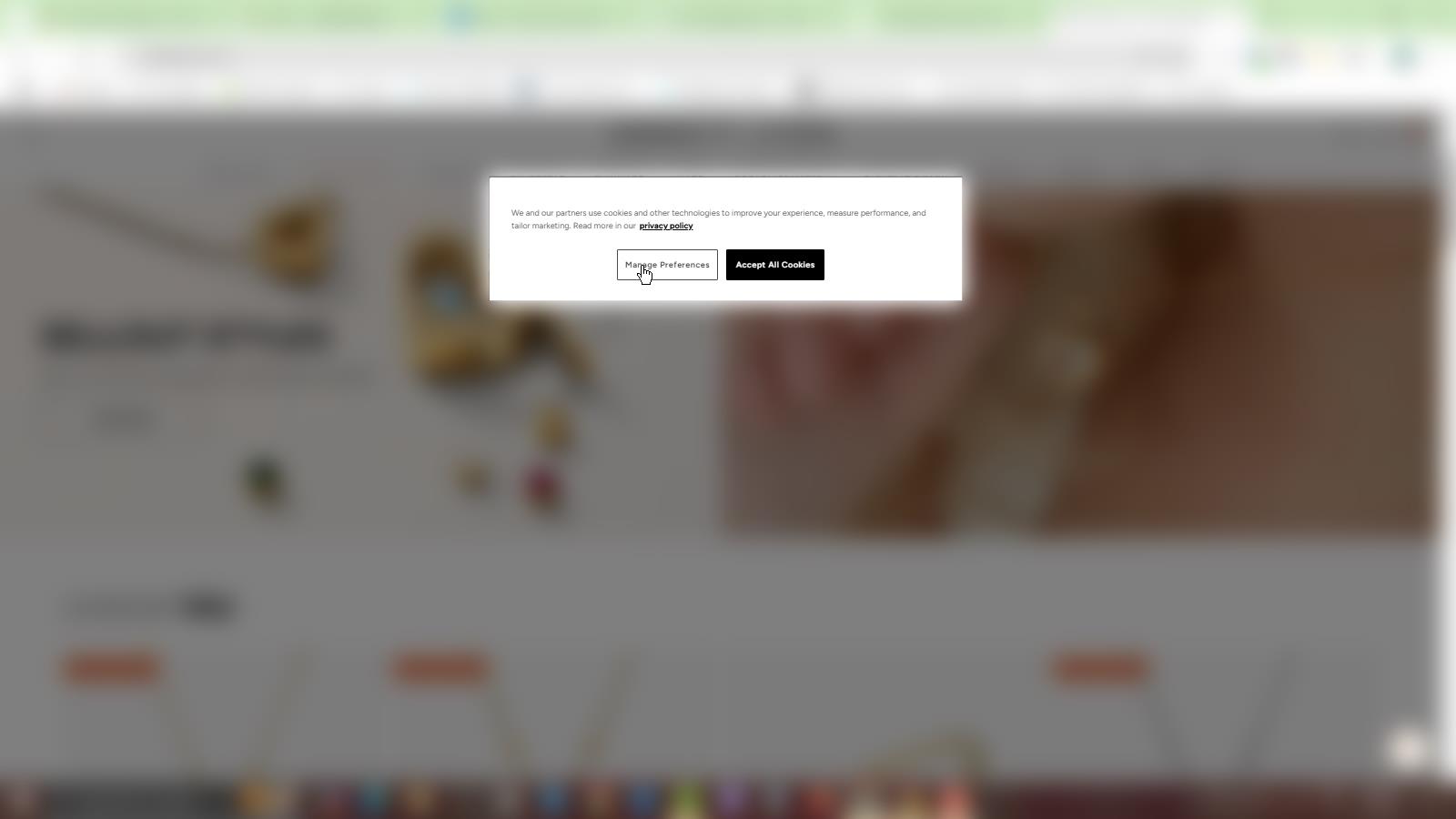
While this might feel intrusive, it forces a decision, usually resulting in better data. Most users will click "accept" because it’s the quickest way forward. Tracking for this setup tends to be far cleaner, with far fewer sessions classified as "direct" and higher attribution accuracy across marketing channels.
Which consent banner gets the highest levels of consent?
Unsurprisingly, the more disruptive the banner, the higher the consent rate. A full-page blocking banner achieves much higher consent interaction rates than a passive sticky bar.
But that comes at a cost to the user experience, especially if the design frustrates visitors or interferes too much with their first impression of your brand.
Corner boxes are a middle-ground option; they capture attention without shutting down interaction completely.
Can users interact with your website without giving consent?
In many setups, yes they can. But should they?
If your banner allows users to browse, add to cart, or purchase without ever making a choice about cookies, you're collecting limited or anonymized tracking data. With Consent Mode v2, Google Analytics 4 will receive only anonymous signals — enough to track that a user existed, but not enough to attribute their behavior to a traffic source.
That’s a huge blind spot for marketing teams who need reliable data for attribution and performance analysis.
Please note that some consent apps allow users to give implicit consent by coninuing to use the website, consult your legal team for detailed clarifications.
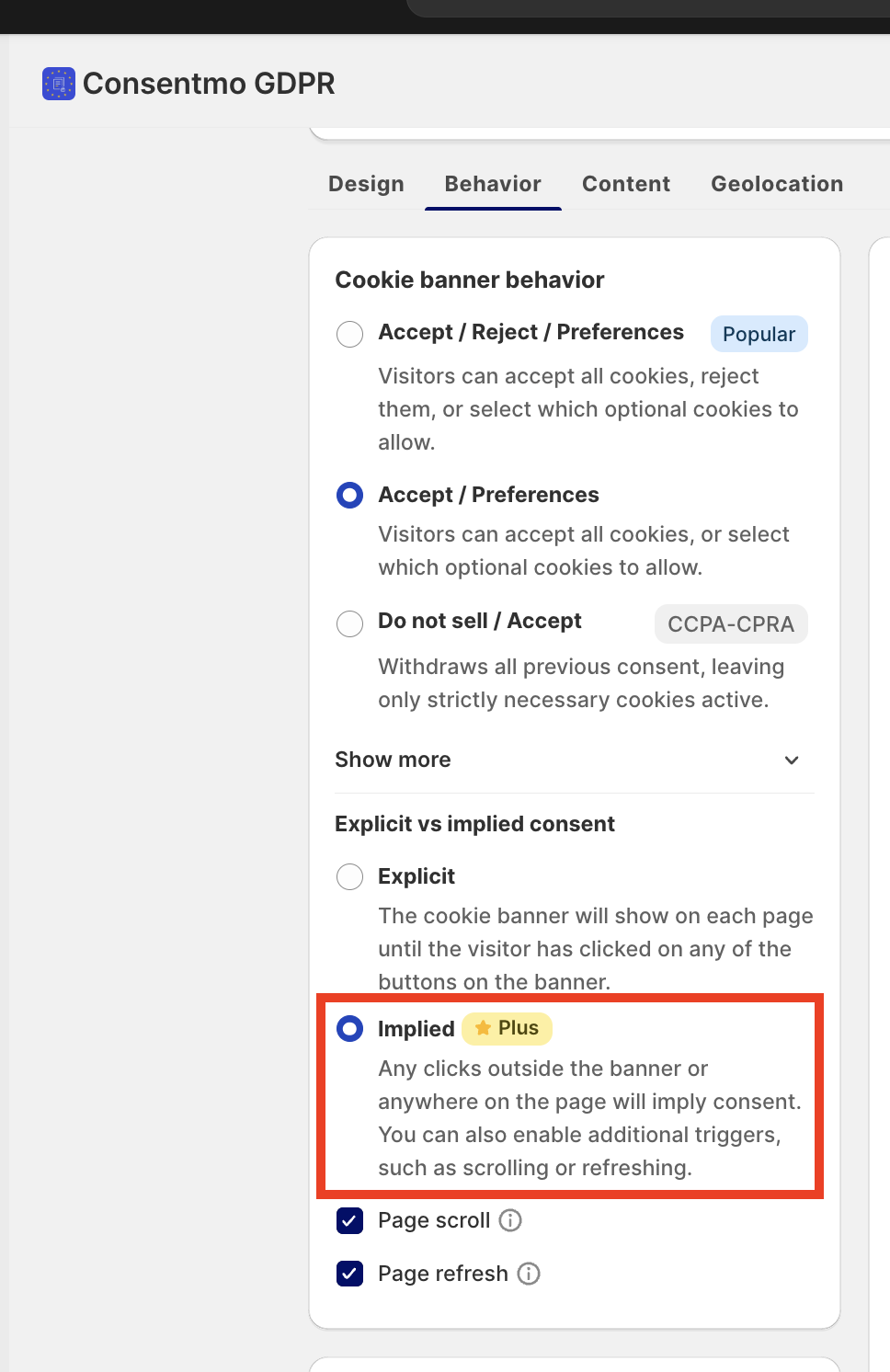
Does forcing consent before website interaction improve Google Analytics data quality?
Yes, it does.
If users are blocked from interacting until they’ve made a consent decision — either to accept tracking or manage their preferences — you get a much higher quality dataset. One example showed only about 10% of sessions marked as "Direct" after implementing this kind of blocking banner.
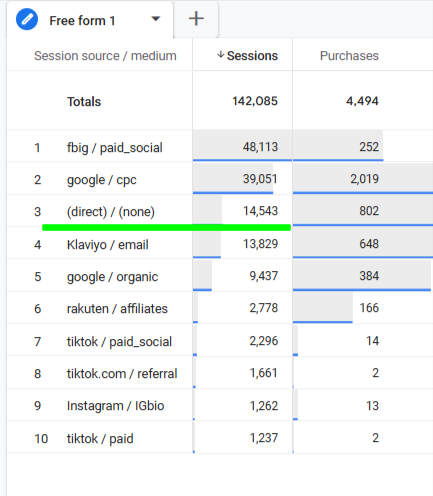
It’s worth noting that this approach works best in combination with a UI that visually enforces the pause (e.g. greying out the page or disabling click actions).
What does consent interaction rate tell you about your banner’s effectiveness?
Interaction rate — i.e. the percentage of users who respond to your consent banner — is one of the most important KPIs.
In Shopify, you can find this metric in the analytics section of your consent management app.

A banner with less than 20% interaction means over 80% of users are NOT giving you permission to track them, which means a lot of unattributed traffic in Google Analytics.
Keep an eye on that number. If it’s too low, your attribution and overall analytics accuracy will suffer.
Should you customize consent banners based on user geolocation?
Absolutely.
Many consent management platforms let you activate banners only in regions that legally require them (e.g. certain U.S. states, European countries under GDPR)
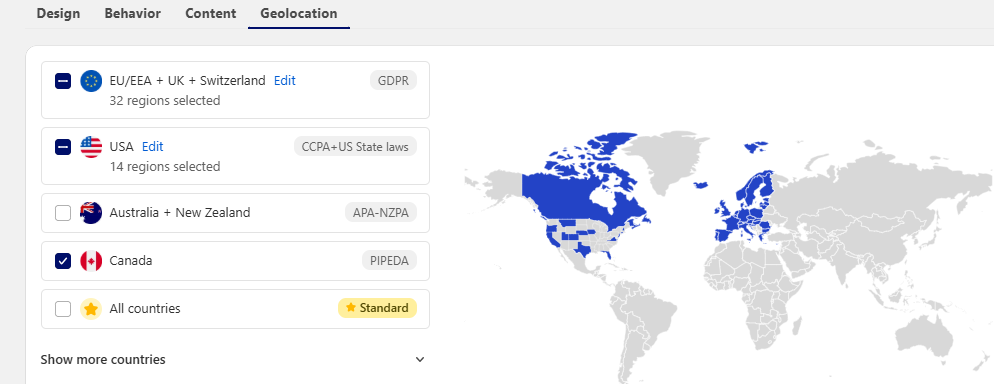
This geotargeted approach helps avoid unnecessary friction for users in regions without legal obligations, and improves your overall interaction rate.
It’s a smarter alternative to a one-size-fits-all implementation that blocks everyone, everywhere, even if the law doesn’t require it.
What consent banner setup delivers the best tracking in Google Analytics?
From everything we’ve seen, the most aggressive banner format — the one that denies all website interaction before a user makes a choice — yields the best Google Analytics tracking data. Conversely for the most permissive banner, nearly 50% of traffic went to direct!
Littledata can still improve purchase attribution by using Attribution Boost, but will improve further with the right banner choice.
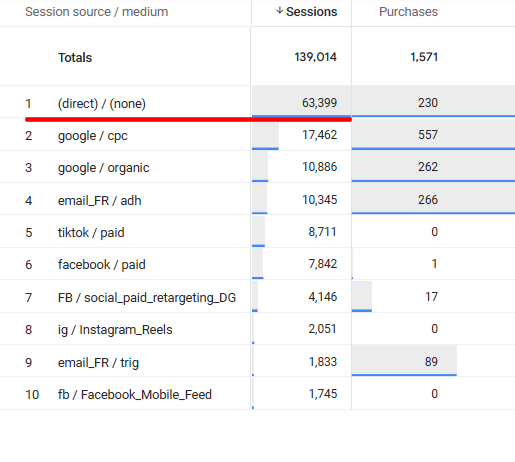
At the end of the day, it’s up to you: how much user convenience are you willing to trade for better Google Analytics data?